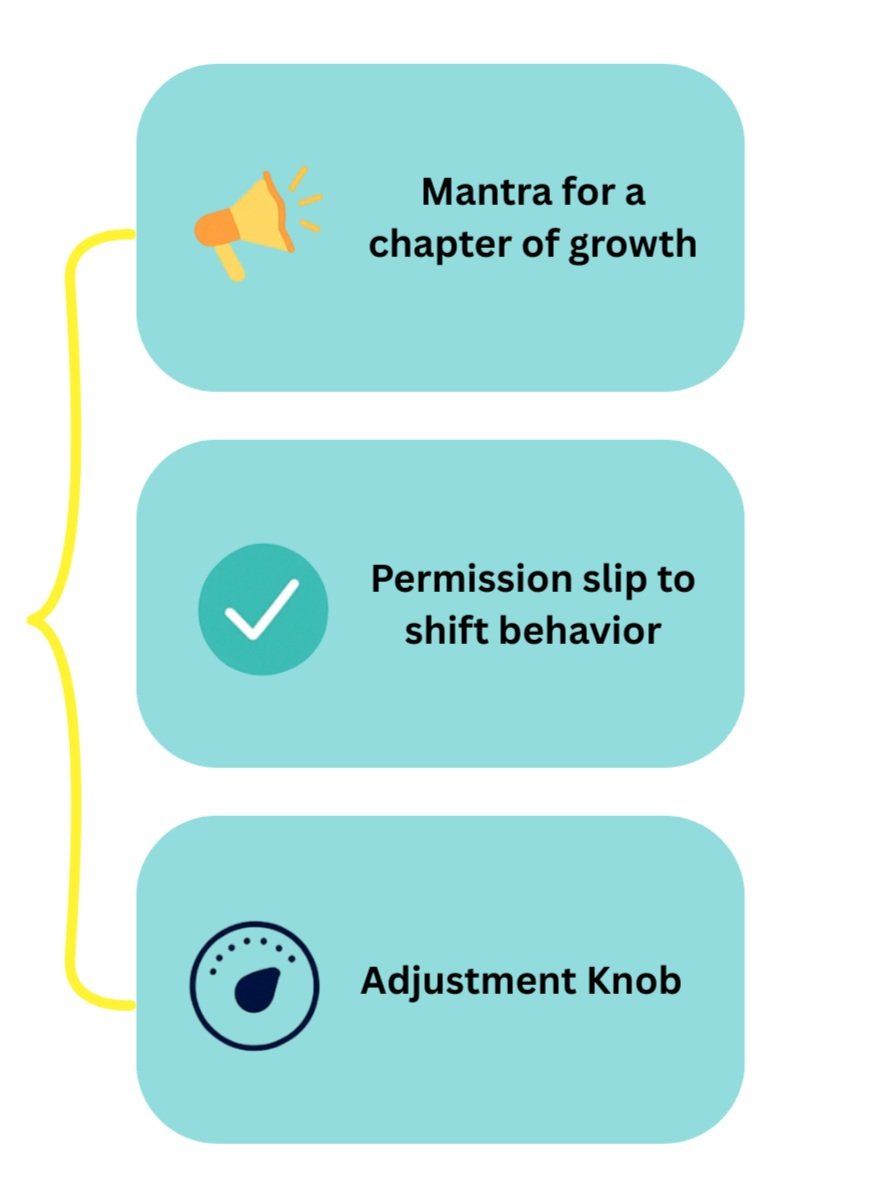Values-Based Sentiment Analysis: Putting People First, Always
Your Values Aren’t Wallpaper: How to Actually Measure What Matters
Here’s a common scenario: a company spends a ton of time workshopping its values. Integrity. Boldness. Inclusion. Whatever the buzzwords are. They end up framed on a wall, maybe referenced in onboarding. But day to day? Nobody thinks about them. Not in meetings, not in decisions, and definitely not when the pressure’s on.
Problem 1: Values don’t work if no one pays attention to them.
Problem 2: Even when you ask employees how well you’re living the values, the feedback is often overly rosy, because most of us aren’t great at assessing ourselves objectively.
That’s why at Holistic, we take a different approach.
““Values aren’t just moral wallpaper. They’re supposed to guide how a company operates, hires, builds, and makes decisions.””
A Data-Driven Way to Measure Your Values
We’ve developed a Values-Based Analysis Framework that helps companies answer a deceptively hard question:
Are we actually living our values?
We don’t just rely on self-reports. We:
Map survey responses to specific values
Analyze patterns across teams and demographics
Surface behavioral signals and friction points
Deliver targeted recommendations to bridge the gap
It’s not about vibes. It’s about real, measurable alignment between who you say you are and how you actually operate.
How It Works
Step 1: Translate Values into Observable Behaviors
If a company says it values collaboration, we look for signals in how decisions are made, how feedback flows, and who’s included in conversations—not just self-reported vibes.
Step 2: Map Survey Data Against Values
We tag existing survey questions to specific values. Using weighted scoring, we surface sentiment trends around each value—by role, department, tenure, and identity group.
Step 3: Identify Misalignment
We analyze what’s working—and where things break down. Sometimes the issue is leadership. Sometimes it’s miscommunication. Sometimes it’s a mismatch in how different teams interpret the same value.
Step 4: Recommend Interventions
We help clients design real strategies—adjusting policies, changing rituals, and rethinking systems—to bring day-to-day behavior into alignment with their values.
Real Results from Real Clients
Client A
Pre-Launch Values Check
Values: Collaboration, Citizenry, Enablement
Approach: Mapped values to existing survey items before official rollout
Findings:
✅ High positivity for Accountability & Development
⚠️ Enablement scored lowestImpact: Informed rollout strategy, with targeted focus on Enablement gaps
Client B
Post-Launch Alignment Audit
Values: Embrace Change, Take Ownership, Pursue Growth & Learning
Approach: Analyzed sentiment and behavior alignment across teams
Findings:
✅ Strong alignment across most values
⚠️ Growth & Learning consistently rated lowestImpact: Launched initiatives to boost development pathways & feedback
Why It Matters
When there’s a gap between values and reality, people notice.
And when values are just posters on a wall:
Trust breaks down
Engagement drops
Performance suffers
But when values are lived, they become a strategic asset. Companies that align their values with real behavior attract better talent, make stronger decisions, and build lasting trust.
That alignment doesn’t happen by accident. It happens by design.
Let’s Make Your Values Real
If your values feel more like moral wallpaper than a guiding force, it’s time for a reset. Our Values-Based Analysis can help you see the friction points and make them fixable.
Want to know if your values are showing up where they count? Let’s map them together.









